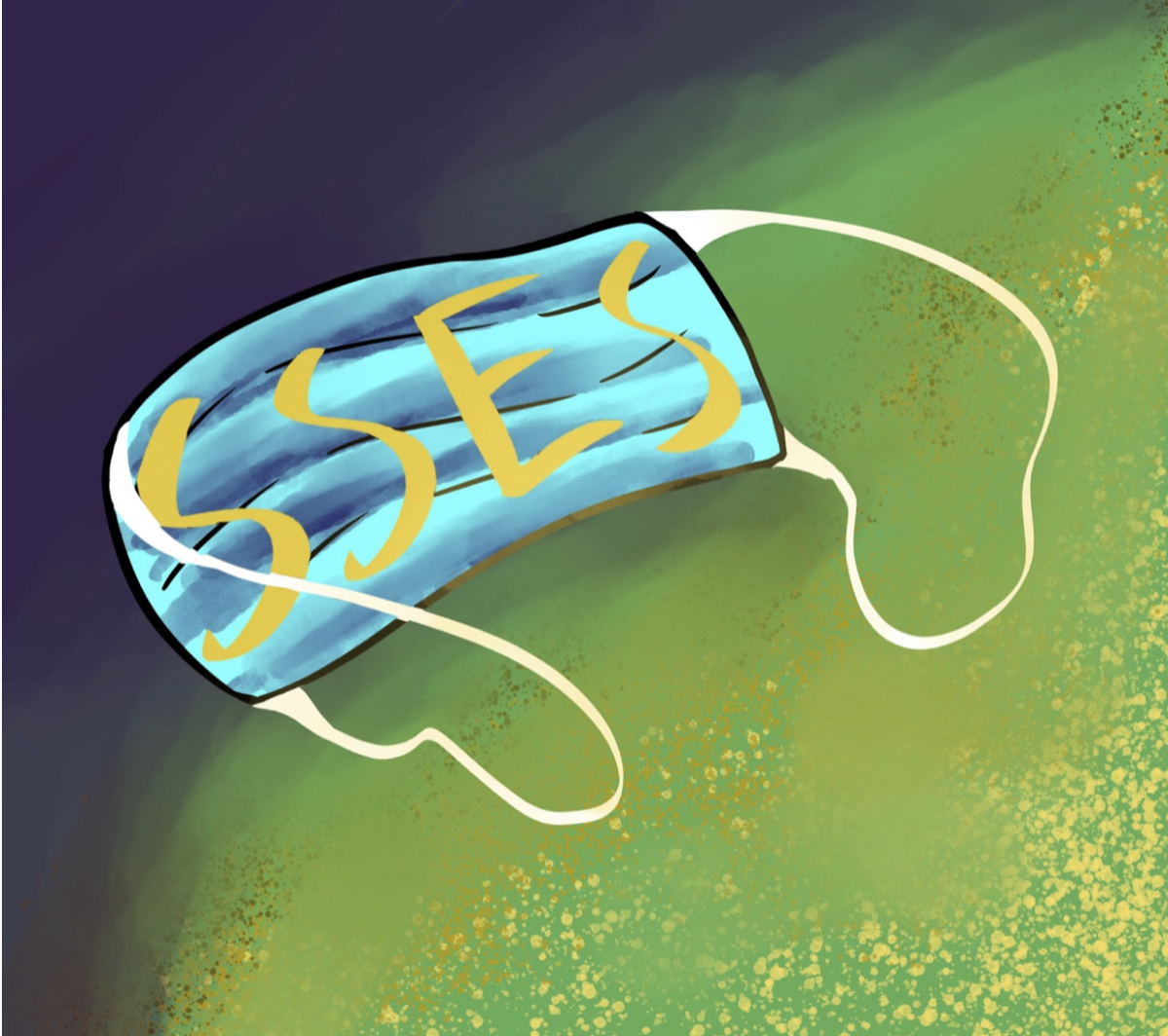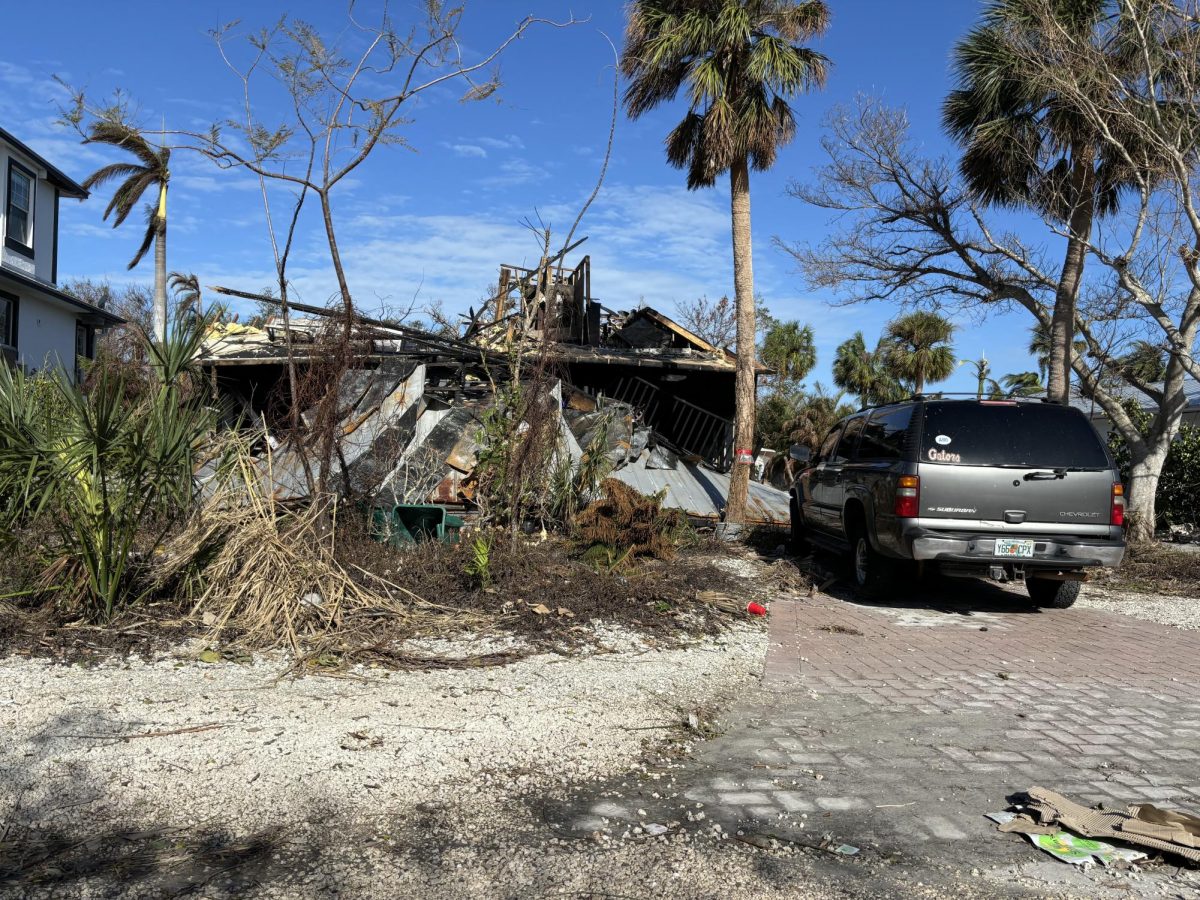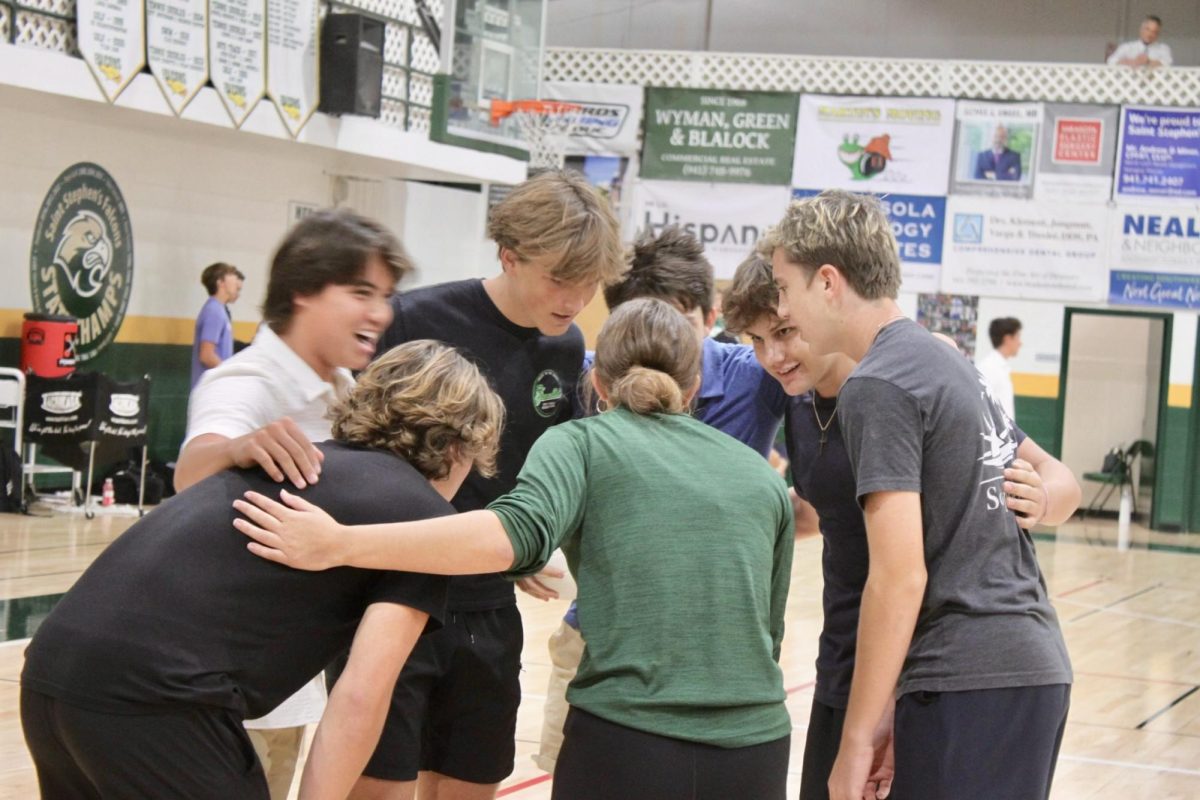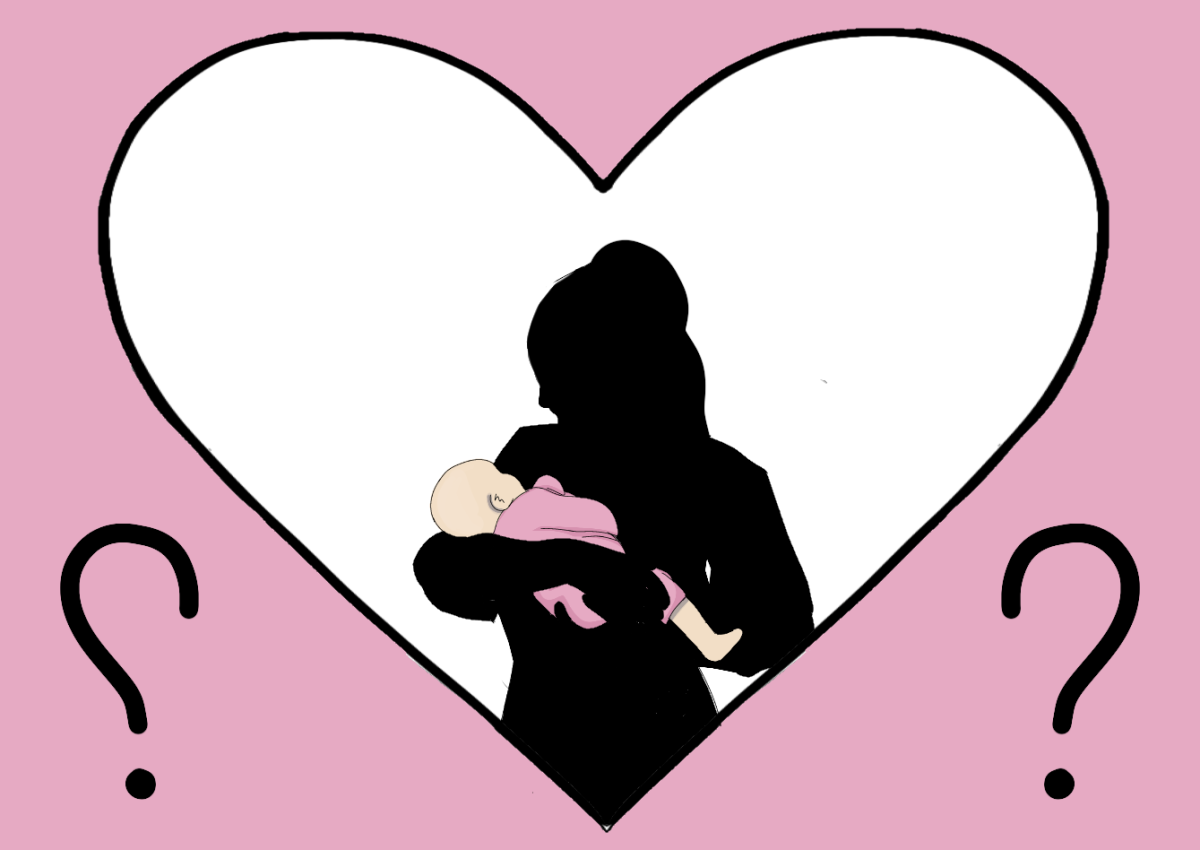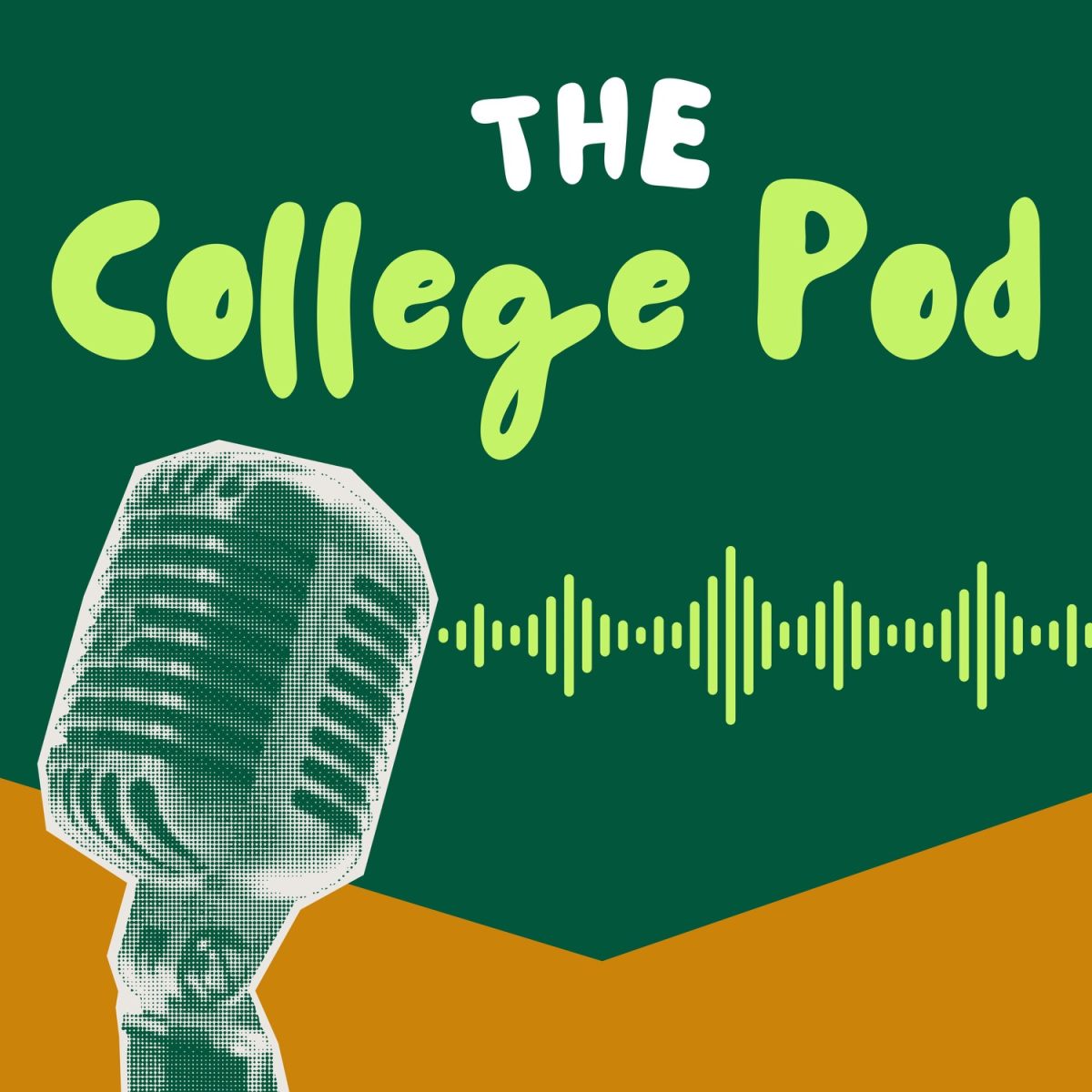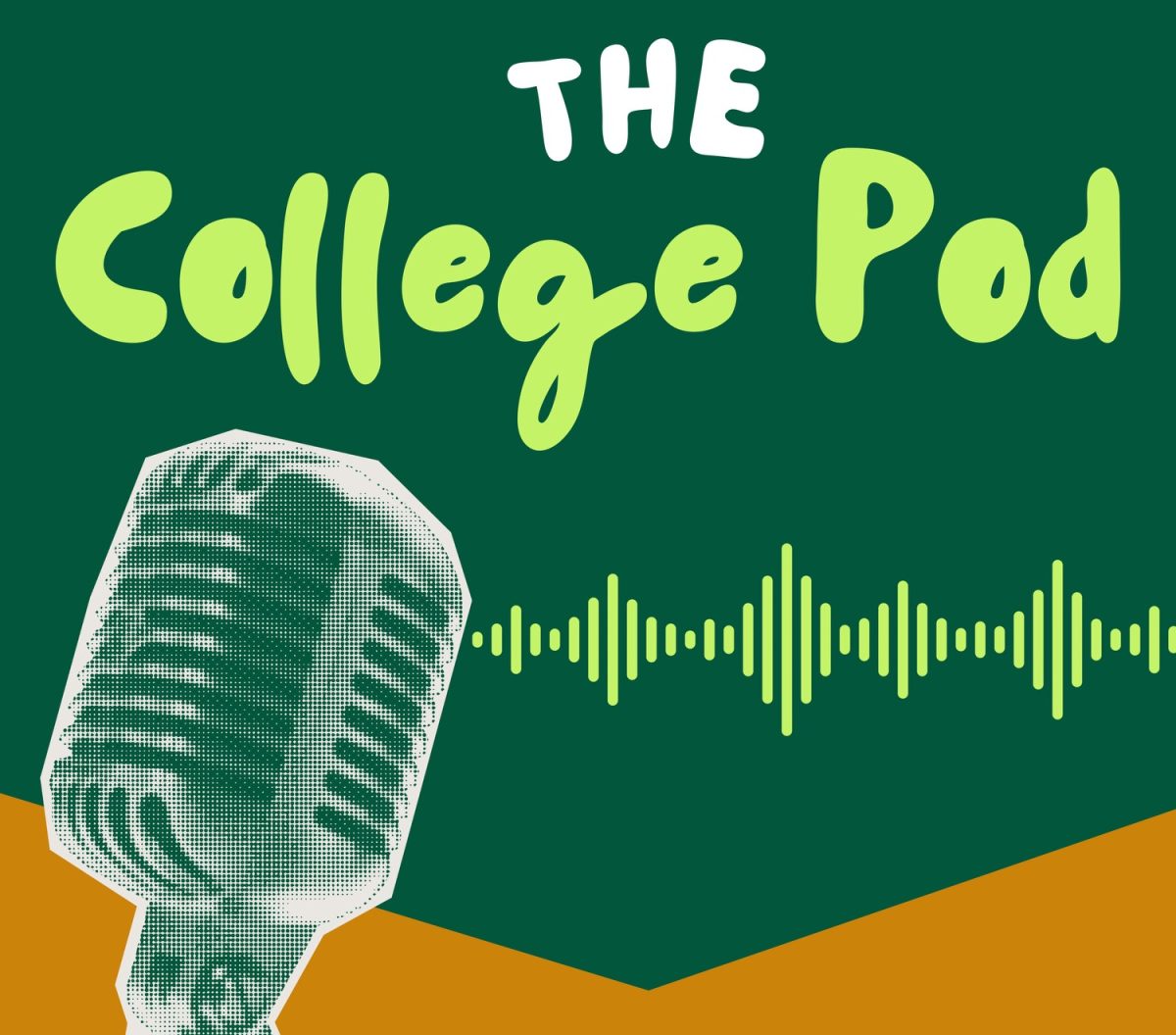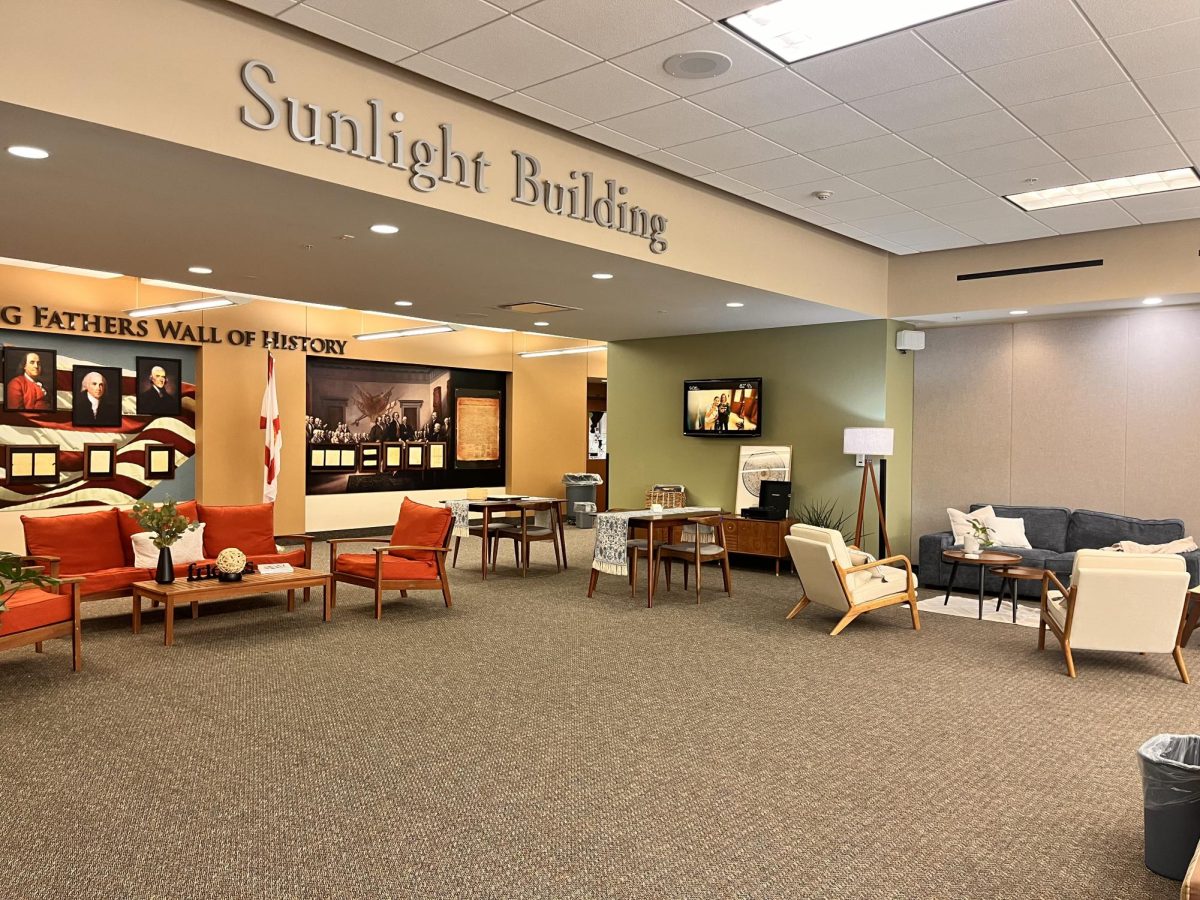With Halloween upon us, you can feel the spookiness in the air. The leaves are changing colors, the air becoming colder, the movies getting scarier, and the candy starting to pile up.
This year at Saint Stephen’s, as I talked to students about what they’re up to, one thing is becoming clear: teenagers are seeming to grow out of the traditional Halloween experience. They no longer trick or treat; instead, they hang out with friends, go to Halloween-themed parties or stay home, treating it like a regular day.
As we grow up and slowly lose that child in us, Halloween doesn’t feel the same. It’s lost its spark and joy and is not what it used to be. To many, especially teens, Halloween is not even considered a holiday, but simply just a day to mess around. But should it be this way?
When you’re young, Halloween is a special time. To me, it was once my favorite holiday, but unfortunately as teens we lose that sentiment and view Halloween as child-like. I know I used to love it, but now it just seems like every other normal day.
What makes Halloween great is that it is loved by both children and adults, but for some reason, teens no longer feel that joy. It’s loved as a kid, skipped as a teen, then comes back as an adult.
From the adult perspective, according to Mr. Johnson, Halloween is really special because it’s a day of community.
“Halloween is my favorite holiday. I love Halloween. It is such a day of community and a day of grace,” Johnson said.
“Neighbors talk to each other and invite each other into their spaces. Kids, just for the act of knocking, are given a present of candy for no other reason than the kindness of another, most often a stranger.”
Often people don’t even know why we celebrate Halloween or how it originated, so for those who are staying in and not doing anything or for those who don’t celebrate Halloween, let’s take a look at the history to understand what you’re missing.
Halloween wasn’t always like this, but something much more. Halloween first started in the 8th century as a pagan religious celebration to welcome the harvest at the end of summer, when people would light bonfires and wear costumes to ward off ghosts. Taking place on the 31st of October on the eve of the Western Christian feast of All Saints’ Day, Halloween begins the observance of Allhallowtide, the time in the liturgical year dedicated to remembering the dead, including saints, martyrs, and all the faithful departed.
Many centuries later, the idea of trick-or-treating, which originated in Scotland and Ireland during the 1600s, was formed. This tradition, first known as guising, was the act of going house to house at Halloween and putting on a small performance to be rewarded with food or treats.
These days high school students don’t even trick or treat, let alone put on a performance to earn their candy. For example Sophomore Lucy Preston is going out with friends from school, then a Halloween party at a friend’s house. On the other hand you have Anthony Sorrento who is Going to see FNAF with Harrison Wright and hang out.
“I’m going to be doing fun Halloween spooky stuff, haunted houses and stuff like that.”
The common theme seems to be partying or hanging out with friends, maybe you’ll catch them stuffing themselves with candy in an outfit you’ve probably seen done 100 times
1



